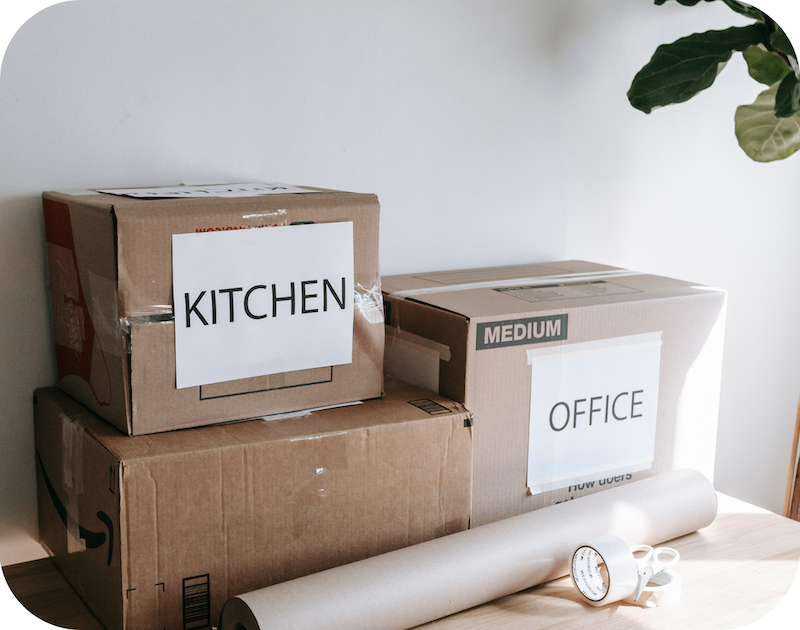In most cases of extreme weather, we recommend biting the bullet and postponing your move. The hassle of waiting a day or two is not worth the risk of seriously injuring yourself or damaging some of your precious items.
Moving companies may or may not be flexible, so make sure to talk to them about your rescheduling options should a major storm hit on your scheduled moving day.
If they refuse to change the date, or for whatever reason you simply must stick to your planned moving day, we’ve put together the following guidelines to help you execute your move safely.
First Things First
Extreme weather makes routine moving steps, thing you should be doing anyway, even more essential to check off your list. Whether you’ll be dealing with extreme heat or cold, you’ll want to do the following:
-
Keep track of weather reports in the week leading up to the move and check them frequently the day before and day of the move. Keep an eye on where big storms are headed and plan your route accordingly, going out of your way to avoid the worst of it if possible.
-
Wear proper foot-wear in rainy/snowy weather.
-
Lay down cardboard, old carpet, blankets, etc. to protect your floors and carpets from mud and water. You can also set up an assembly line, so that clean shoes stay inside and dirty shoes outside.
-
Keep temperature-sensitive electronics, artwork, and furniture in climate-controlled areas (i.e. not the back of a moving truck) whenever possible to avoid damages.
-
Make sure the utilities are on and working in your new home. Water, electricity, AC, and heating!
Moving in the Snow
-
Make sure all walkways are clear of snow or ice, and spread with sand/salt if necessary to prevent slips and falls.
-
Keep hot drinks on hand for everyone helping you move.
-
Service your car before the move, and make sure you have car insurance with roadside assistance.
-
Have a safety kit for the drive: rock salt, kitty litter, shovels, flares, tire-chains, extra gas, an emergency blanket, jumper cables, pocket warmers, a flashlight, extra batteries, cell phone chargers, food, extra clothing and a first-aid kit.
Moving in the Rain
-
If it’s especially wet outside, consider plastic wrapping your furniture, mattress, and cardboard boxes to protect them from water damage.
-
You can buy large rolls of plastic at stores like Home Depot and Lowe’s for much cheaper than what moving companies will charge for the service, or you can rent reusable plastic moving bins from companies like Gorilla Bins and Bin-It!
-
Have towels on hand to dry off yourself and your belongings.
-
If your cardboard boxes end up getting wet, unpack them as soon as possible to avoid mold buildup.
Moving in Hot Weather
-
Start your move as early as possible to take advantage of cooler morning temperatures.
-
Have water and other cold drinks on hand to stay hydrated and avoid heat exhaustion and heatstroke.
-
Avoid sunburns by covering up, using sunblock and taking regular breaks in the shade.
-
Have a change of clothes, towels and toiletries ready for a shower at the end of the day, because you’re going to get sweaty!
It’s easy to get caught up in the energy of a move, and lose yourself in the desire to finish everything as quickly as possible. This is dangerous behavior during extreme weather.
Follow these guidelines, and above all else, be smart, take breaks when you need to, and be safe!
Thanks for reading! If you liked this post, please recommend or share it with others. 🙂
Want to talk? Connect with accionvegana on Facebook, Twitter, and Instagram!














